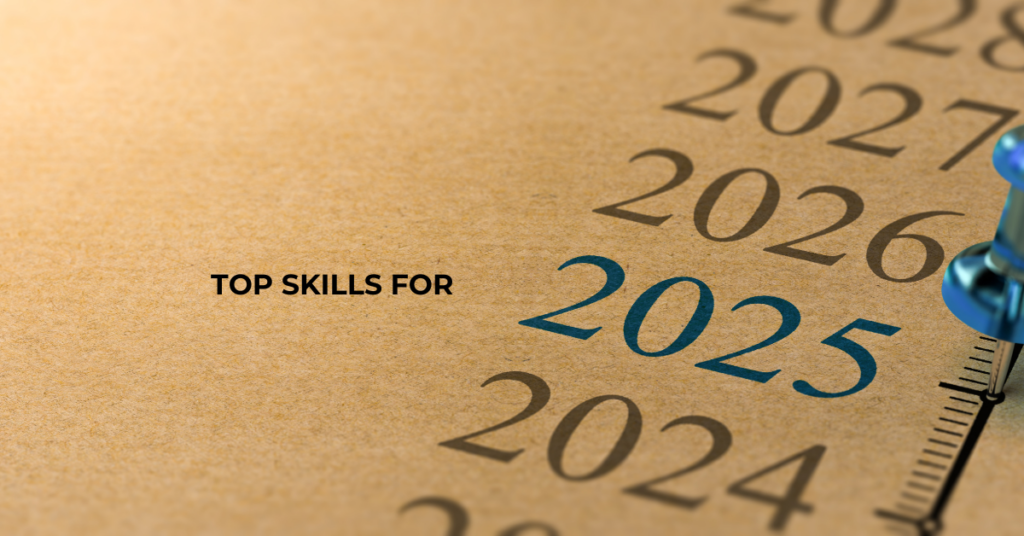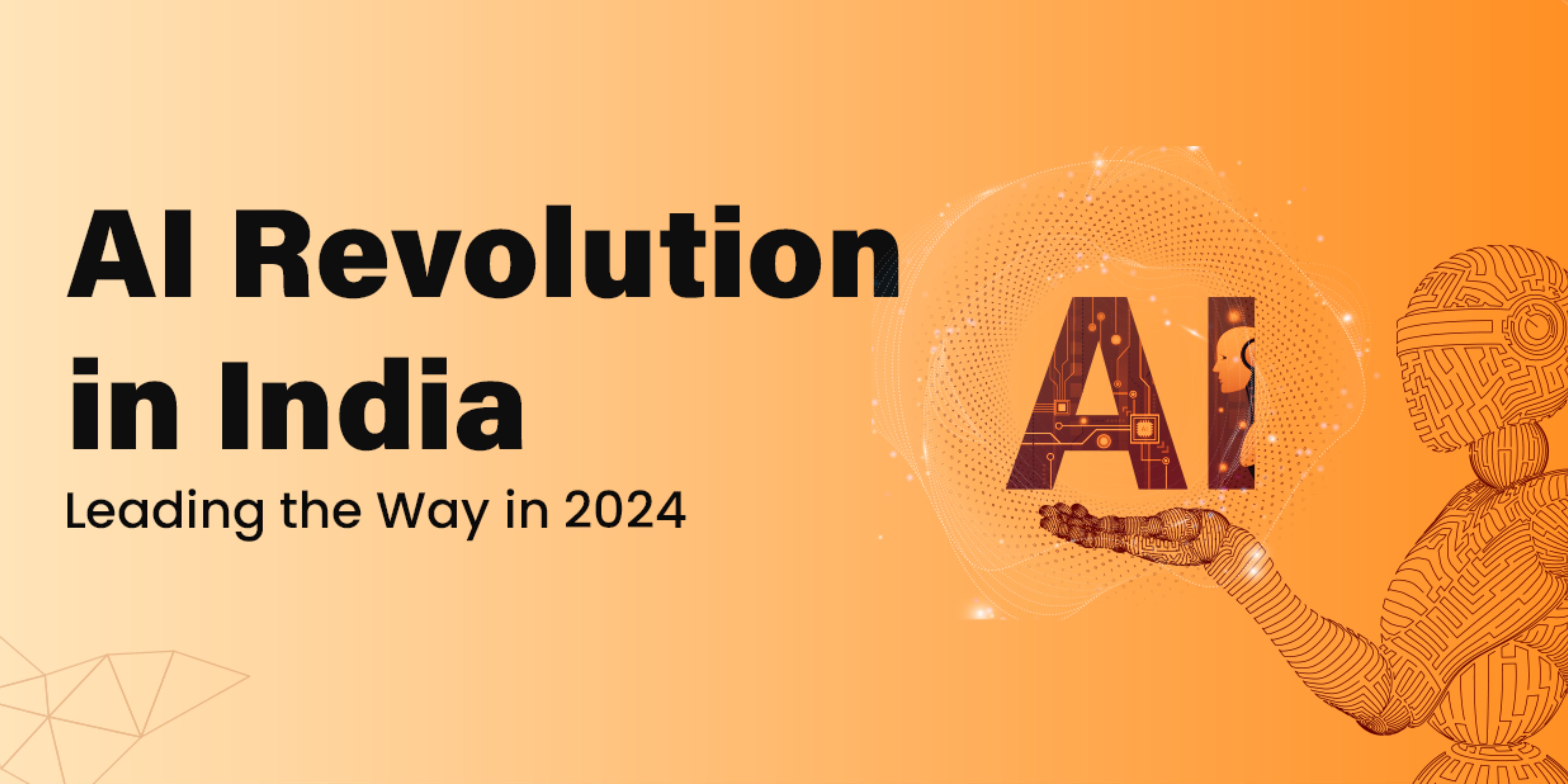Home / quick-reads / The Role of AI in Transforming the Creative Design Process: A Revolution in Innovation and Efficiency
The Role of AI in Transforming the Creative Design Process: A Revolution in Innovation and Efficiency
By: My India Times
3 minutes read 63Updated At: 2025-02-13

AI in Creative Design: Empowering Designers with Innovation, Efficiency, and Stress Reduction
Artificial Intelligence (AI) is revolutionizing the creative design process by enhancing efficiency, reducing stress, and expanding the potential for innovation. By assisting designers with complex tasks, AI-powered tools allow them to focus on exploring fresh ideas and refining their creativity. AI-driven design solutions have proven to be game-changers, particularly for students and professionals, by simplifying intricate design processes and generating unique variations beyond human imagination.
Why AI is Crucial for the Future of Creative Design: From Conceptualization to Realization
The integration of AI in design goes beyond merely improving the final output; it also transforms the creative journey itself. One of the biggest challenges designers face is translating abstract ideas into tangible concepts. AI tools bridge this gap by quickly generating visual representations, which allows designers to iterate and refine their ideas more effectively. This streamlined process leads to a significant boost in creativity, as designers can experiment with more variations without being burdened by technical complexities.
Comprehensive Research on AI's Impact in Design: Enhancing Creativity and Reducing Cognitive Load
To explore the true potential of AI in design, our research team conducted an in-depth study involving 40 design students. The participants were divided into two groups, with one group using AI tools to assist in their design tasks while the other relied solely on traditional methods. The AI-supported group was able to generate and visualize their ideas effortlessly, leading to higher-quality designs with innovative details. Their experience with AI also enabled them to think more creatively and systematically in subsequent tasks, even when AI was no longer available.
How AI Assists Designers in Concept Development: From Sketches to High-Quality Visuals
One of the most significant advantages of AI in design is its ability to generate visuals based on simple text prompts. Designers no longer need to struggle with mental visualization; AI instantly converts their concepts into detailed images. This process allows for faster brainstorming and more fluid experimentation, ensuring that designers can explore multiple ideas within a shorter timeframe. Additionally, AI introduces unexpected design elements such as organic shapes and textures, leading to more unique and visually striking outputs.
Cognitive Load and AI: Reducing Mental Effort and Enhancing Productivity
A critical aspect of our study was measuring the cognitive load on students using NASA’s task load index. The results showed that students who utilized AI felt significantly less overwhelmed and were able to focus more on creative exploration rather than technical execution. The ability to offload mundane or complex tasks to AI freed up mental resources, allowing designers to push the boundaries of their creativity without feeling exhausted or frustrated.
The Impact of AI on Design Education: Transforming Learning and Skill Development
AI is not just a tool for professionals; it is also reshaping design education. By integrating AI into learning environments, students can develop their design skills more effectively. However, it is crucial to ensure that AI serves as an enhancement rather than a crutch. Over-reliance on AI might hinder the development of critical thinking and problem-solving abilities, making it necessary to strike a balance between AI-assisted and manual design approaches. The goal is to empower students with AI while preserving their ability to innovate independently.
The Future of AI in Design: Challenges, Opportunities, and Accessibility
Looking ahead, AI is expected to become even more deeply embedded in the design process, influencing everything from architecture to digital media. However, one of the key challenges will be ensuring equal access to these powerful tools. Making AI-driven design platforms widely available will democratize creativity and innovation, allowing designers from diverse backgrounds to leverage technology for their artistic expression. Additionally, ethical considerations such as originality, authorship, and responsible AI usage will need to be addressed to maintain the integrity of the creative industry.
Final Thoughts: AI as a Catalyst for Unparalleled Creativity in Design
Artificial Intelligence is revolutionizing the creative design process by making it more efficient, intuitive, and stress-free. Whether used by students, professionals, or educators, AI has the potential to unlock new levels of creativity by removing technical barriers and enabling innovative exploration. However, as AI continues to evolve, it is essential to use it as a supportive tool rather than a replacement for human creativity. With the right balance, AI can transform the future of design, fostering a new era of limitless possibilities and groundbreaking innovations.
....
AI in Creative Design: Empowering Designers with Innovation, Efficiency, and Stress Reduction
Artificial Intelligence (AI) is revolutionizing the creative design process by enhancing efficiency, reducing stress, and expanding the potential for innovation. By assisting designers with complex tasks, AI-powered tools allow them to focus on exploring fresh ideas and refining their creativity. AI-driven design solutions have proven to be game-changers, particularly for students and professionals, by simplifying intricate design processes and generating unique variations beyond human imagination.
Why AI is Crucial for the Future of Creative Design: From Conceptualization to Realization
The integration of AI in design goes beyond merely improving the final output; it also transforms the creative journey itself. One of the biggest challenges designers face is translating abstract ideas into tangible concepts. AI tools bridge this gap by quickly generating visual representations, which allows designers to iterate and refine their ideas more effectively. This streamlined process leads to a significant boost in creativity, as designers can experiment with more variations without being burdened by technical complexities.
Comprehensive Research on AI's Impact in Design: Enhancing Creativity and Reducing Cognitive Load
To explore the true potential of AI in design, our research team conducted an in-depth study involving 40 design students. The participants were divided into two groups, with one group using AI tools to assist in their design tasks while the other relied solely on traditional methods. The AI-supported group was able to generate and visualize their ideas effortlessly, leading to higher-quality designs with innovative details. Their experience with AI also enabled them to think more creatively and systematically in subsequent tasks, even when AI was no longer available.
How AI Assists Designers in Concept Development: From Sketches to High-Quality Visuals
One of the most significant advantages of AI in design is its ability to generate visuals based on simple text prompts. Designers no longer need to struggle with mental visualization; AI instantly converts their concepts into detailed images. This process allows for faster brainstorming and more fluid experimentation, ensuring that designers can explore multiple ideas within a shorter timeframe. Additionally, AI introduces unexpected design elements such as organic shapes and textures, leading to more unique and visually striking outputs.
Cognitive Load and AI: Reducing Mental Effort and Enhancing Productivity
A critical aspect of our study was measuring the cognitive load on students using NASA’s task load index. The results showed that students who utilized AI felt significantly less overwhelmed and were able to focus more on creative exploration rather than technical execution. The ability to offload mundane or complex tasks to AI freed up mental resources, allowing designers to push the boundaries of their creativity without feeling exhausted or frustrated.
The Impact of AI on Design Education: Transforming Learning and Skill Development
AI is not just a tool for professionals; it is also reshaping design education. By integrating AI into learning environments, students can develop their design skills more effectively. However, it is crucial to ensure that AI serves as an enhancement rather than a crutch. Over-reliance on AI might hinder the development of critical thinking and problem-solving abilities, making it necessary to strike a balance between AI-assisted and manual design approaches. The goal is to empower students with AI while preserving their ability to innovate independently.
The Future of AI in Design: Challenges, Opportunities, and Accessibility
Looking ahead, AI is expected to become even more deeply embedded in the design process, influencing everything from architecture to digital media. However, one of the key challenges will be ensuring equal access to these powerful tools. Making AI-driven design platforms widely available will democratize creativity and innovation, allowing designers from diverse backgrounds to leverage technology for their artistic expression. Additionally, ethical considerations such as originality, authorship, and responsible AI usage will need to be addressed to maintain the integrity of the creative industry.
Final Thoughts: AI as a Catalyst for Unparalleled Creativity in Design
Artificial Intelligence is revolutionizing the creative design process by making it more efficient, intuitive, and stress-free. Whether used by students, professionals, or educators, AI has the potential to unlock new levels of creativity by removing technical barriers and enabling innovative exploration. However, as AI continues to evolve, it is essential to use it as a supportive tool rather than a replacement for human creativity. With the right balance, AI can transform the future of design, fostering a new era of limitless possibilities and groundbreaking innovations.
By: My India Times
Updated At: 2025-02-13
Tags: quick-reads News | My India Times News | Trending News | Travel News
Join our WhatsApp Channel

Similiar News

US Supreme Court Rejects 26/11 Accused Tahawwur Rana’s Plea to Block Extradition to India
2025-03-08

































































.jfif)









.jpg)




































































































.png)
 (1).png)























